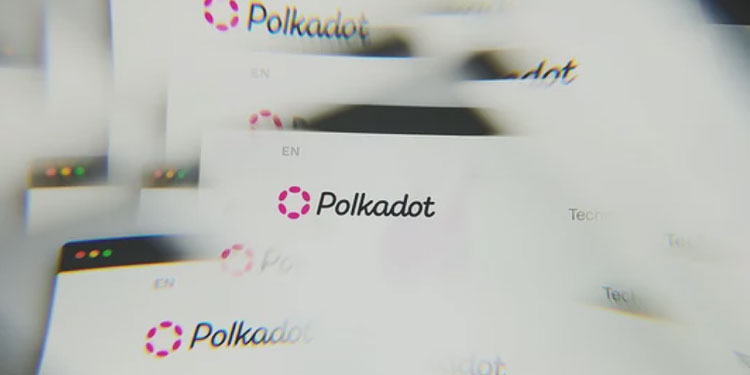With various headlines regarding parachains and auctions, the Polkadot ecosystem has evolved dramatically in the last year. Next to DOT token price jumps, however, the majority of Polkadot news focused on auctions and new projects in the ecosystem.
What is Polkadot?
Polkadot is a blockchain project aiming to motivate a worldwide network of computers to run a unique blockchain. Developers can create and run their own blockchains on this main blockchain.
As one of a number of competing blockchains attempting to build a cryptocurrency ecosystem (Ethereum (ETH), Cosmos (ATOM), and Cardano (ADA) are notable examples) Polkadot is designed to work with two different types of blockchains. The core network is referred to as a relay chain, while user-created networks are referred to as parachains.
Parachains can be designed for numerous purposes and connect to the main blockchain. In this design, parachain transactions are secure in the same way that main chain transactions are.
Polkadot Parachains
As previously said, parachains are a big part of the Polkadot news. The main blockchain, known as the Relay Chain, is regarded to be the heart of the Polkadot and Kusama networks. Parachains can be customized for a variety of use cases and fed into it.
This design structure could, among other things, allow parachain users to complete transactions faster and for less money, and parachain developers to create blockchains that don’t expose user data to the public network or don’t need to process a large number of transactions. Furthermore, each parachain can have its own set of settings, including block timings, transaction fees, governance, and mining rewards.
Moonriver, an Ethereum-compatible blockchain environment for Kusama, and Karura (KAR), a decentralized finance (DeFi) hub that will allow users to earn a yield on their crypto and act as a credit giving infrastructure for Kusama, are two examples of Polkadot and Kusama parachains
Polkadot vs. Cardano vs Ethereum
Many individuals and headlines in Polkadot news say Polkadot will be the next Ethereum, and several Cardano supporters believe it will eventually supplant Ethereum due to its high-speed technology and excellent team, which has already addressed many difficulties linked to congested blockchains.
For instance, Polkadot has a significantly cheaper transaction cost. The market’s hunger for Polkadot’s coin has been remarkable as Defi expands.
For banks and institutions to be able to use the blockchain, Cardano focused on interoperability as well as secrecy concerns. Polkadot features an initial restriction of 100 parachains, especially to ensure the platform’s stability. But Cardano is structured to host a limitless number of projects.
Ethereum and Polkadot are both seeking to achieve similar goals using very different methods. While Ethereum builds the world computer, Polkadot’s Web3 comes together piece by piece. In the end, both platforms constitute infrastructure for private, secure, and community-owned and run networks to replace the internet as we know it. They simply arrive in different ways.
To process all transactions, run all apps, and validate the network through mining, Ethereum employs a single blockchain. All of this is accomplished while utilizing a slow PoW consensus mechanism that severely limits performance.
That’s why network congestion is so common on days when there’s a lot of traffic. However, Ethereum is migrating to PoS which may solve many of these challenges. Polkadot opts for a fully compatible multi-chain ecosystem over a single-chain approach. Rather than relying on a single chain to perform everything, the Polkadot philosophy allows different chains to specialize while sharing resources.
Differences between Polkadot and Kusama
Kusama and Polkadot are autonomous, stand-alone networks with extremely comparable codebases. However, Kusama has more flexible governance and lower entrance hurdles.
Polkadot is more conservative than Kusama, emphasizing stability and dependability through longer, more systematic governance and upgrading processes.
Kusama is ideal for early-stage deployment and aggressive experimentation. Polkadot is built for the safe and reliable execution of high-value, risk-averse applications.
Conclusion
Polkadot allows any sort of data or asset to be transferred between blockchains, not only tokens. Connecting to Polkadot allows you to communicate with a wide range of blockchains on the Polkadot network. Interoperability is becoming a reality in the blockchain world as the community and environment of this blockchain expand.
Furthermore, everyone will have access to speedier transactions with fewer hurdles. Many Polkadot news stories about parachains and future developments reveal that this project is rapidly evolving and has a promising future.






















